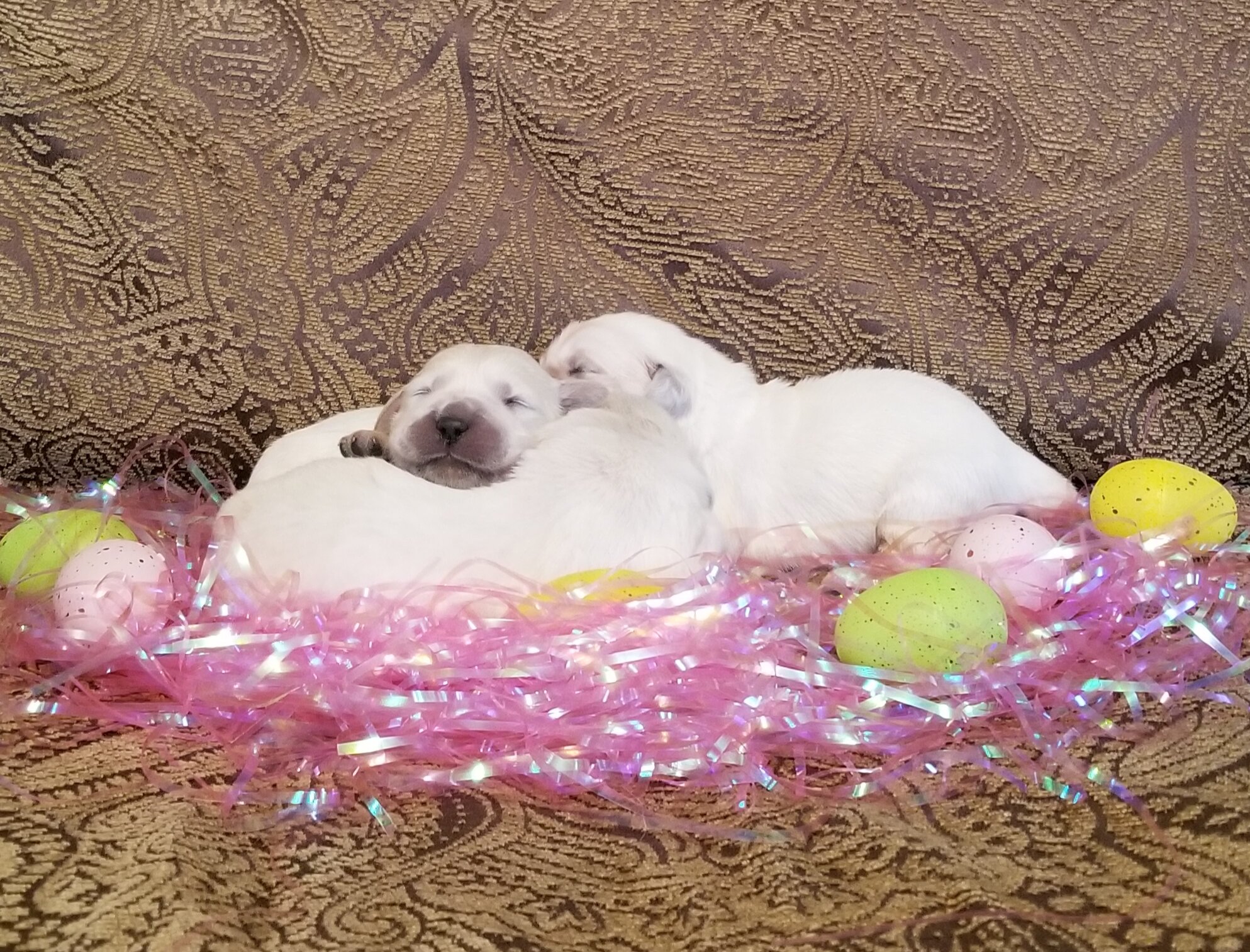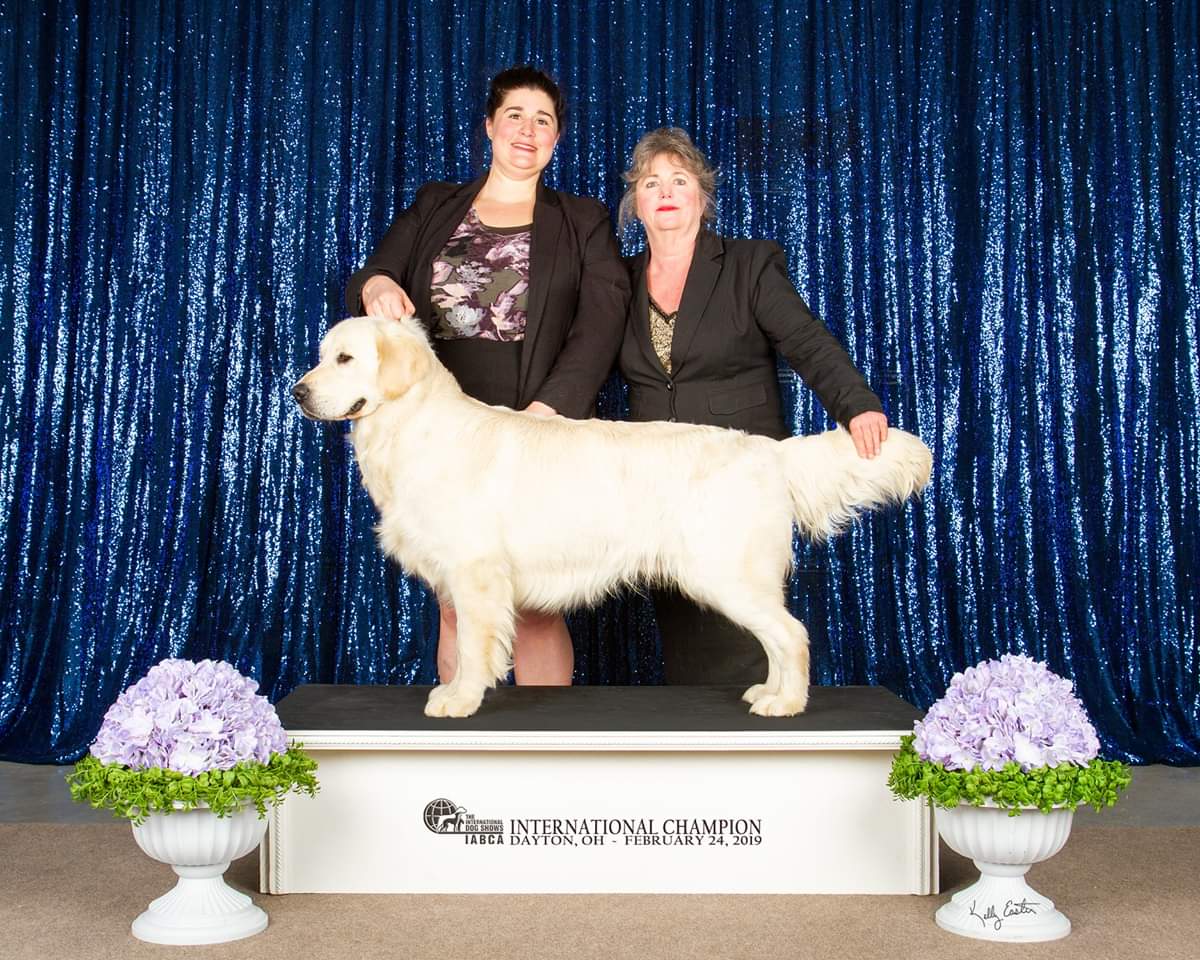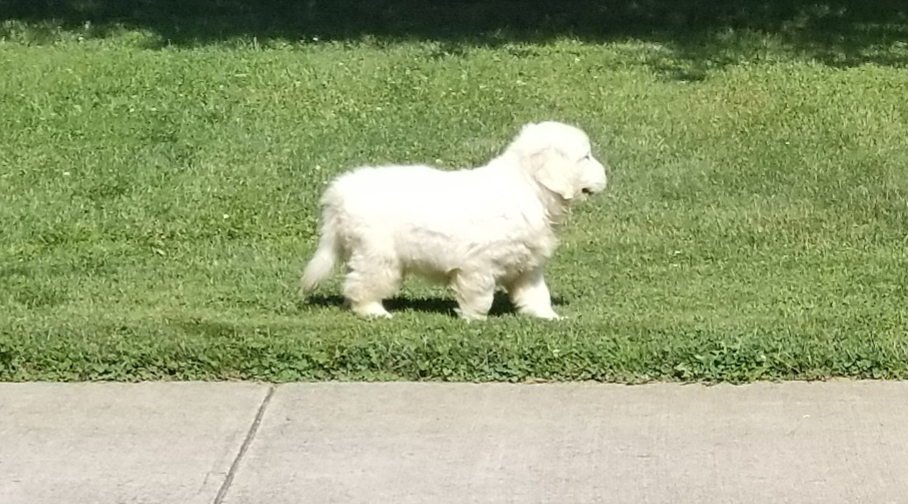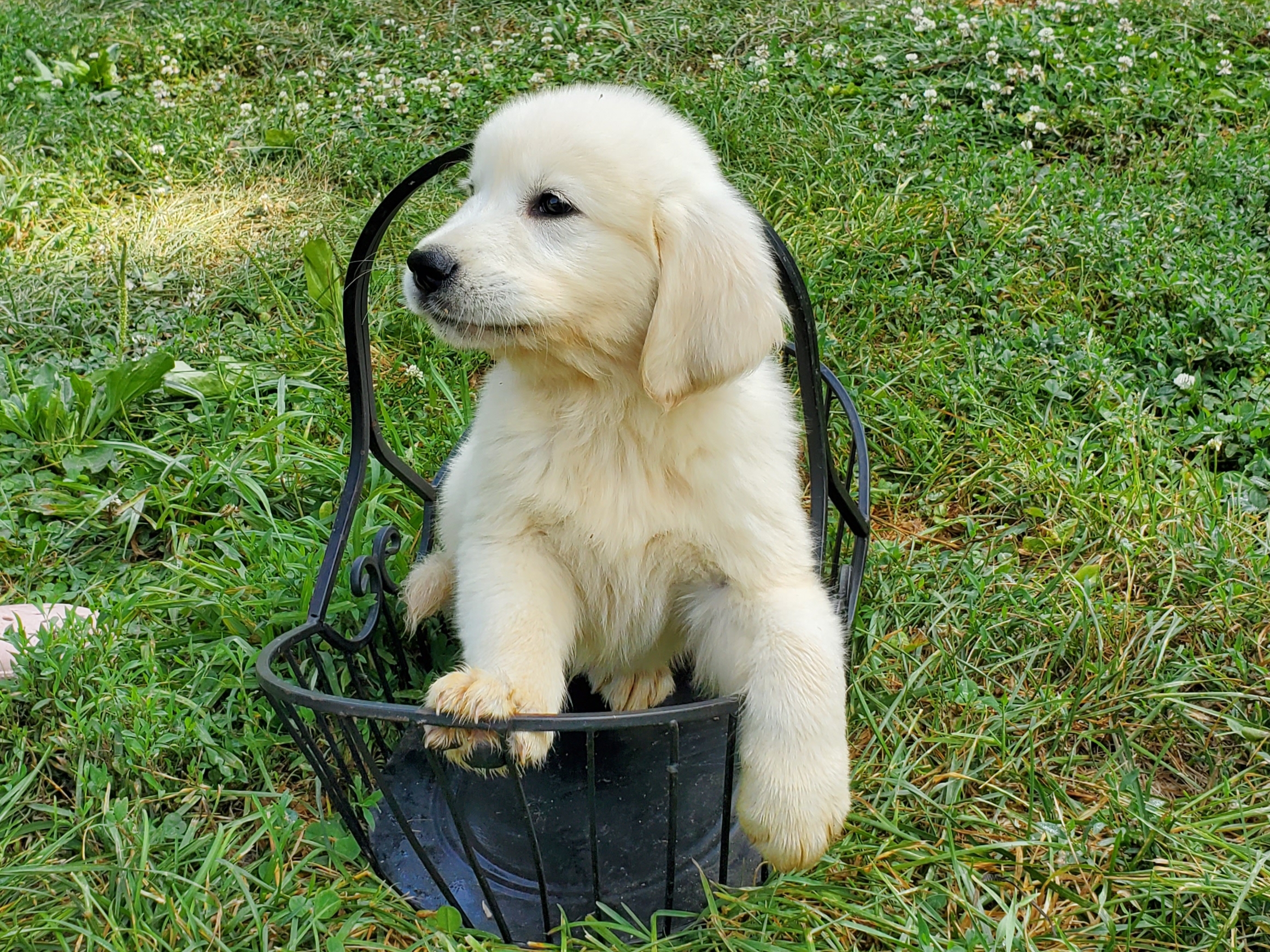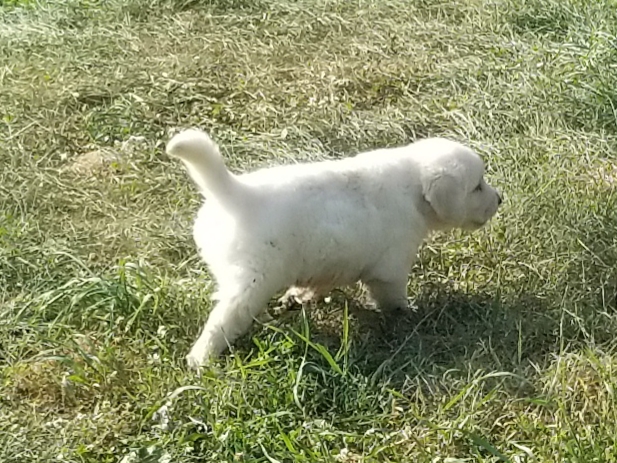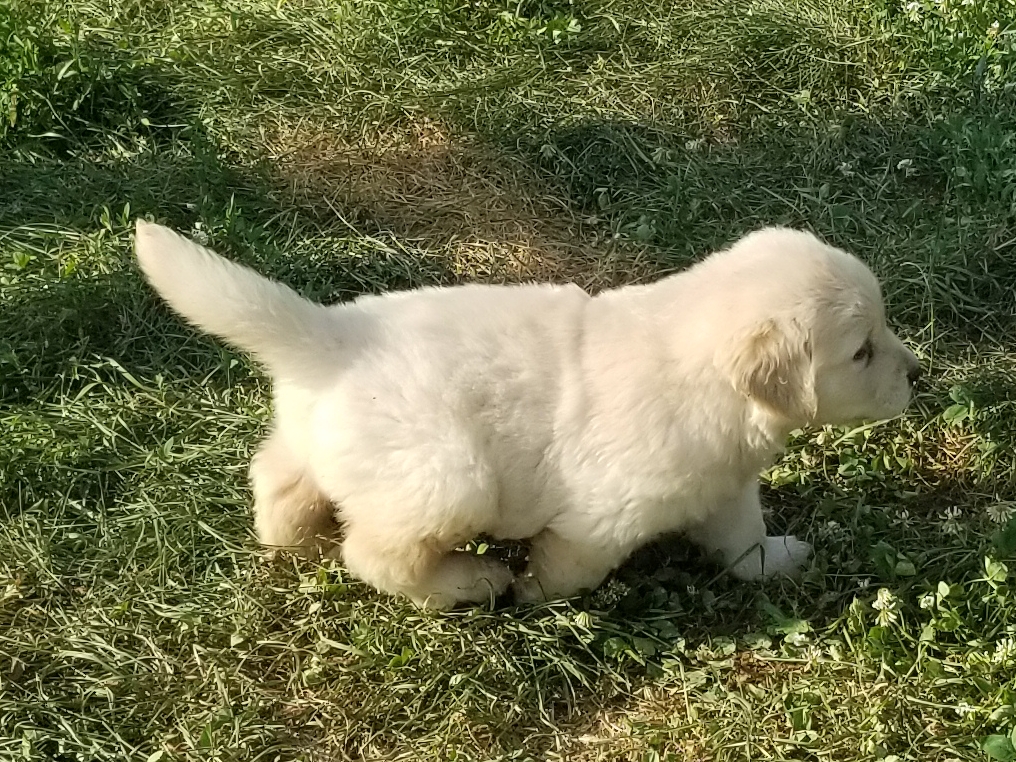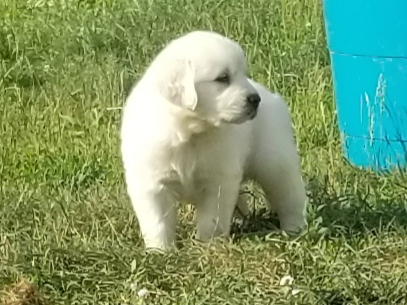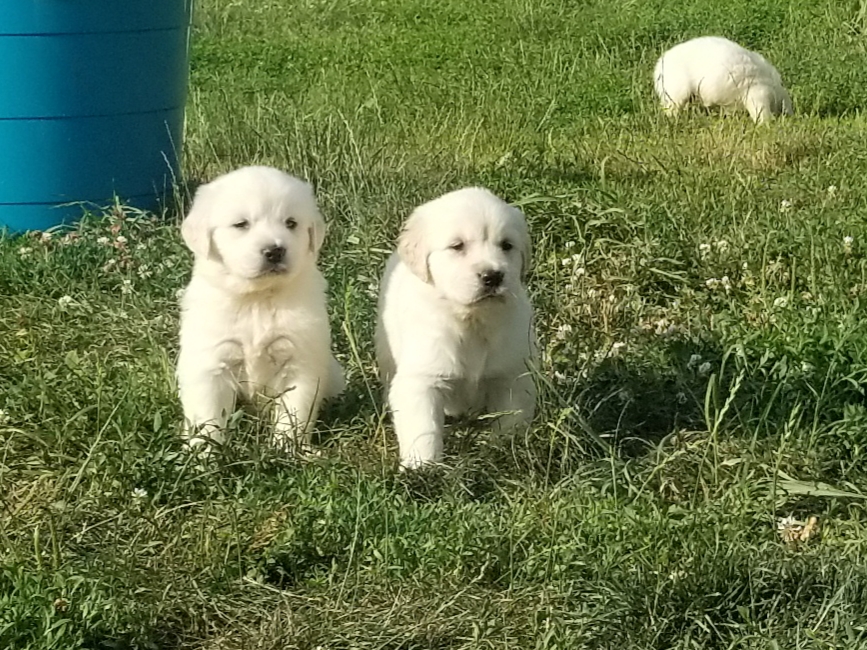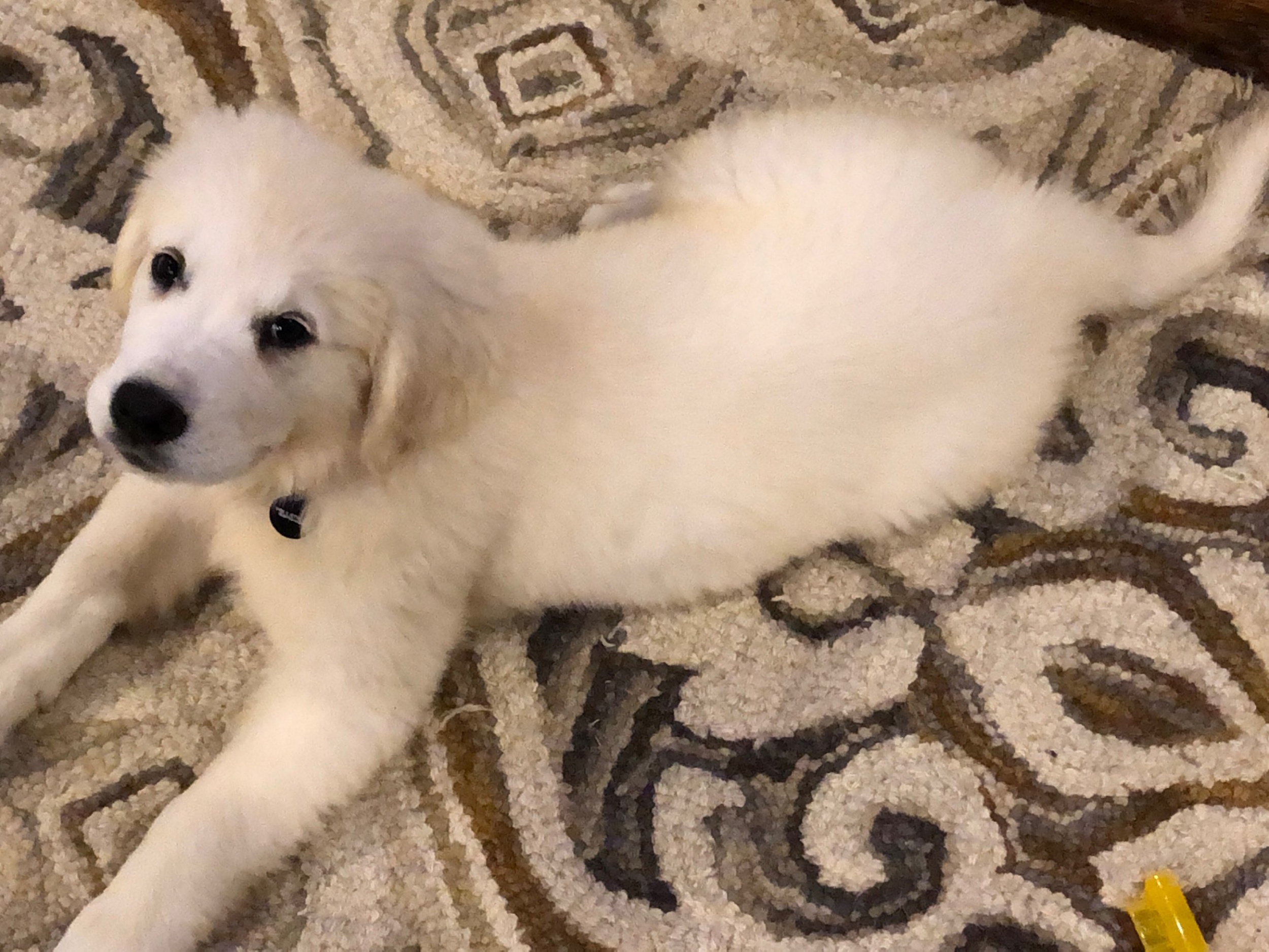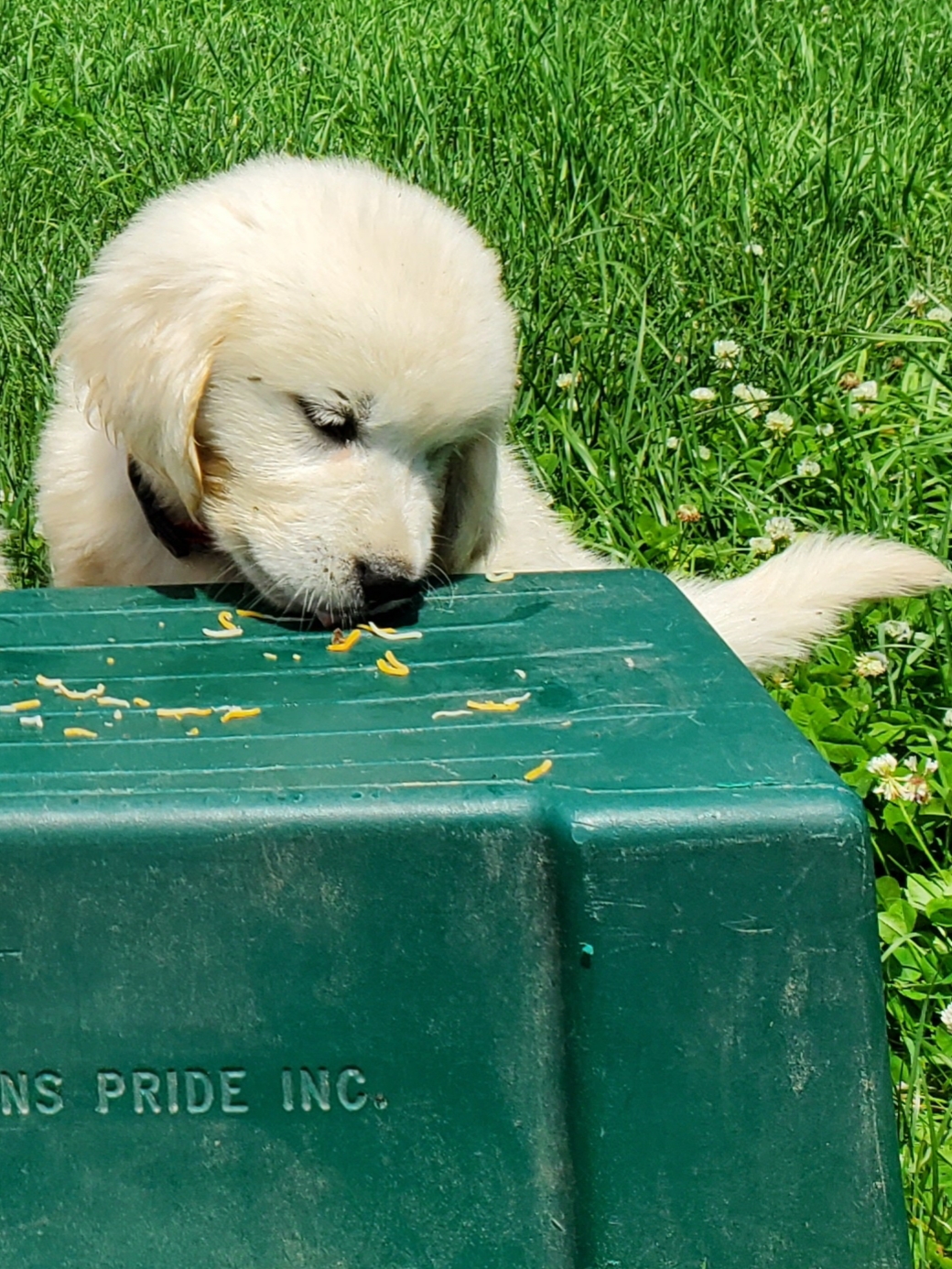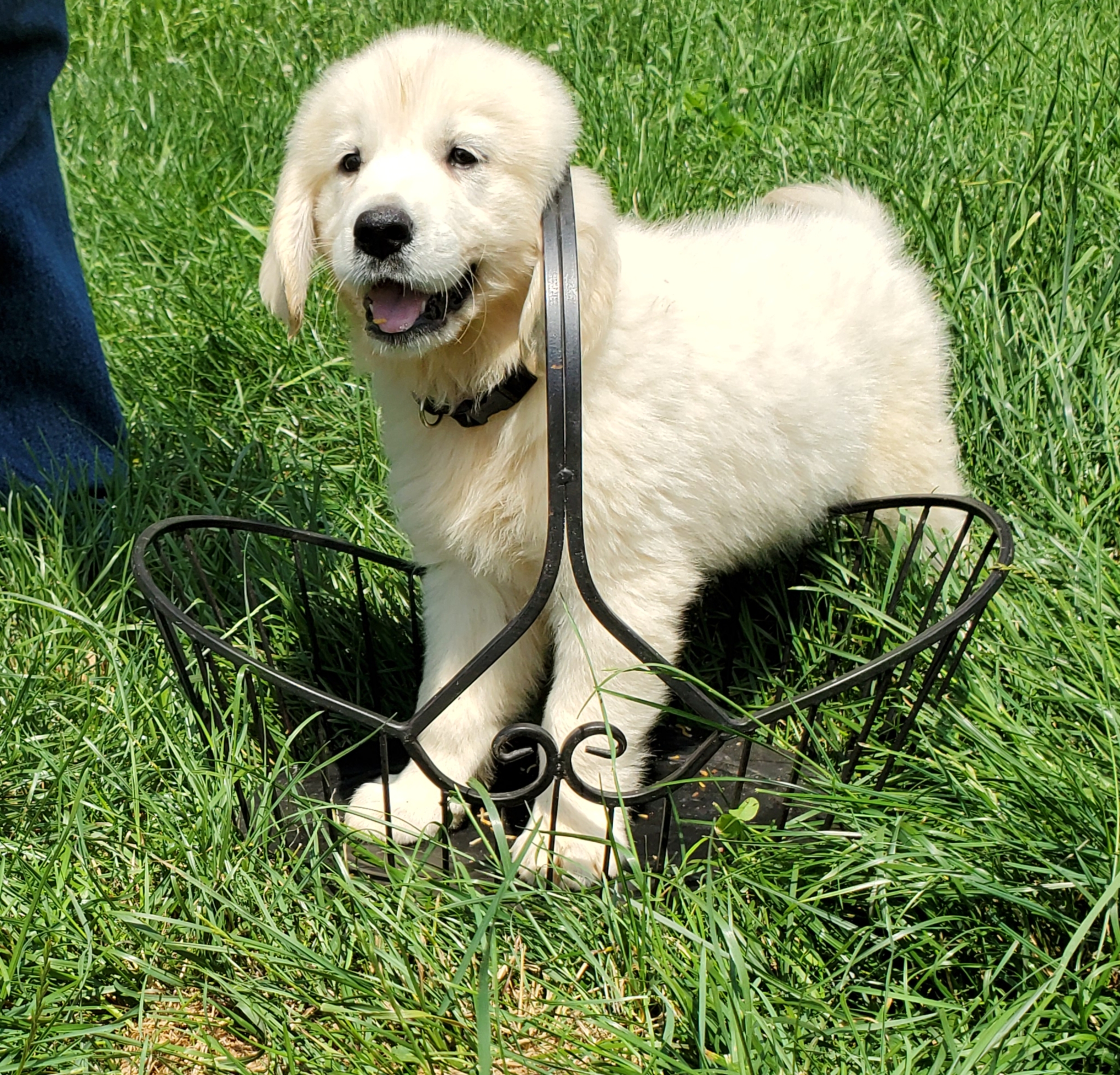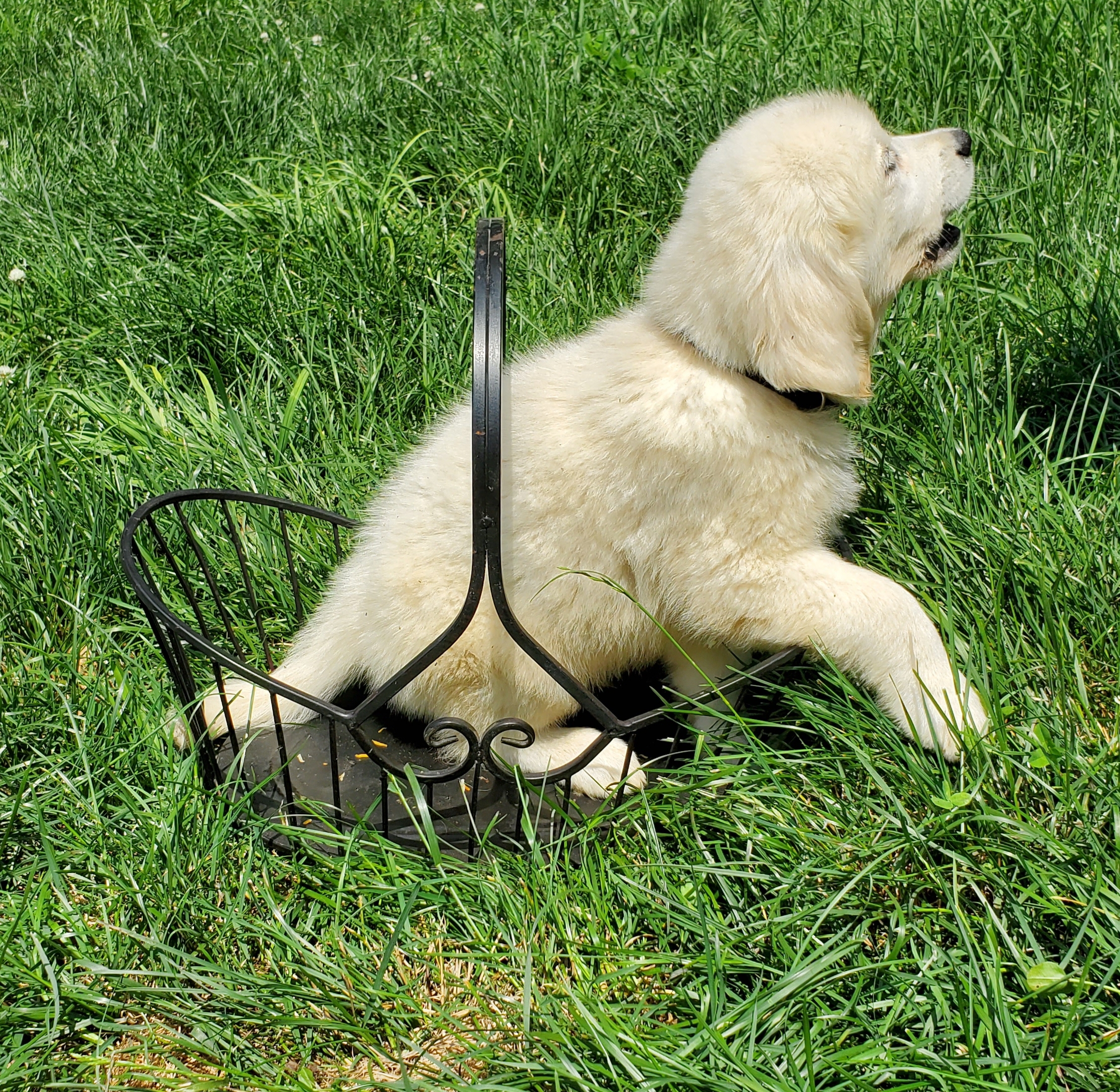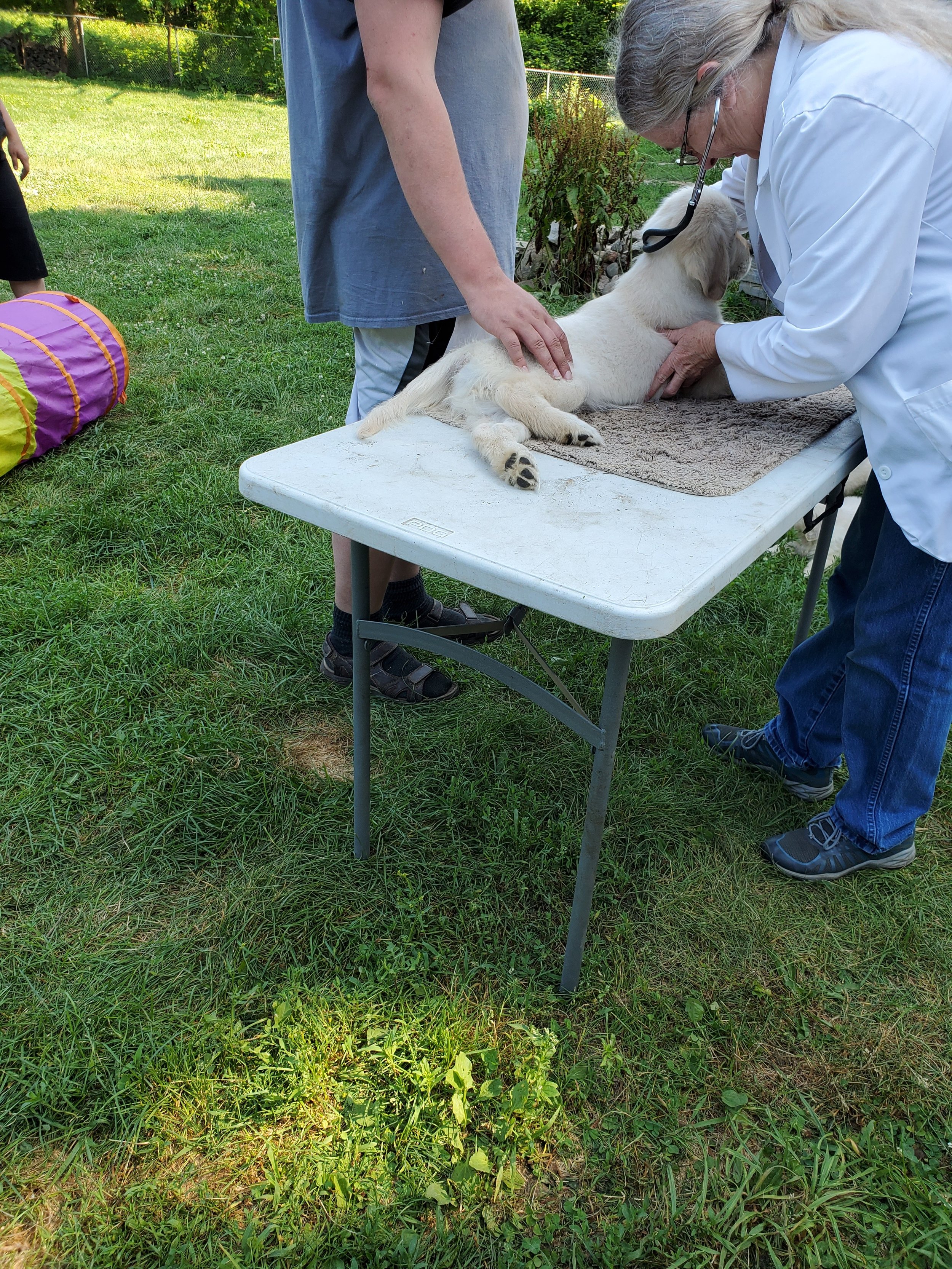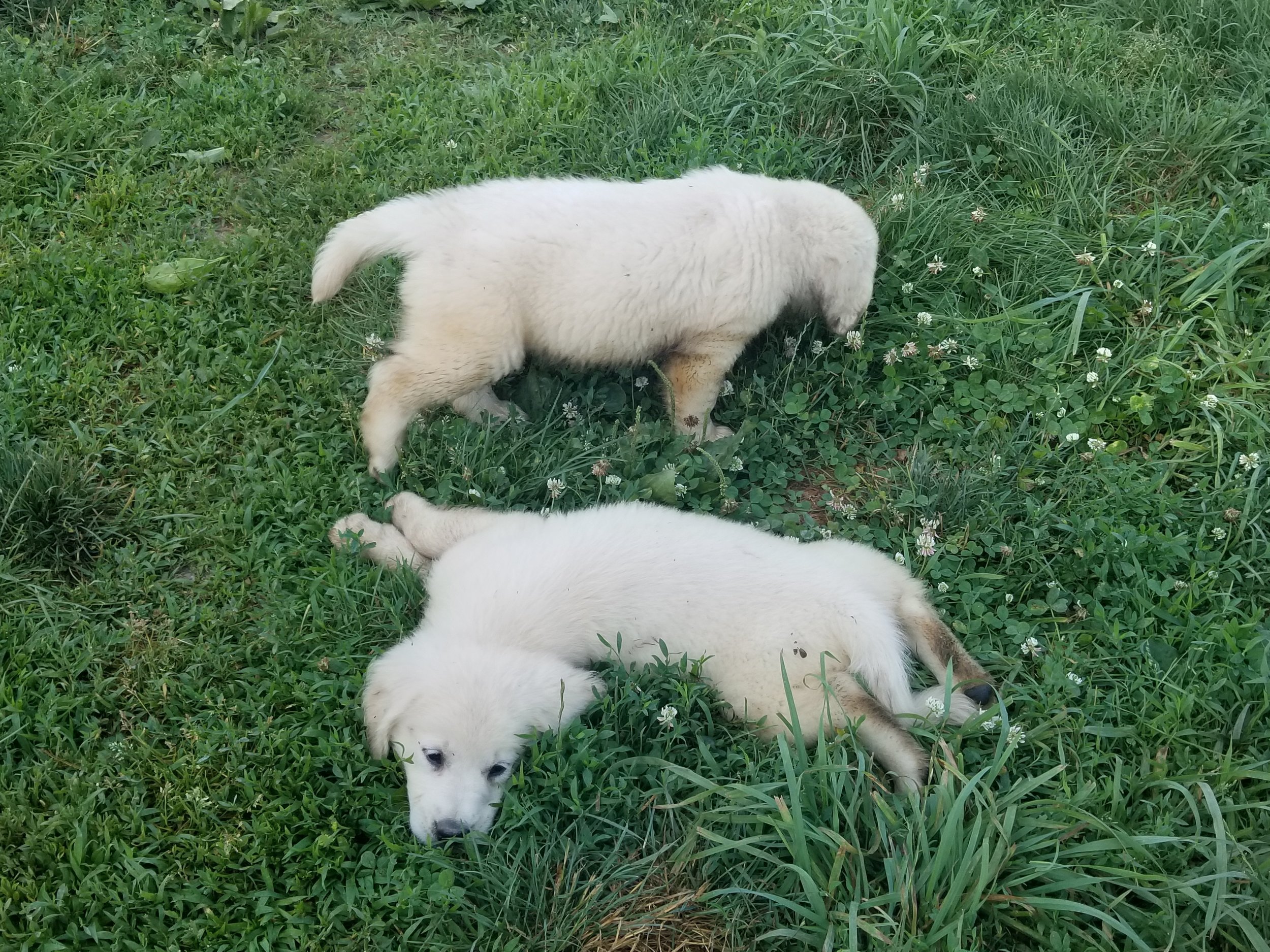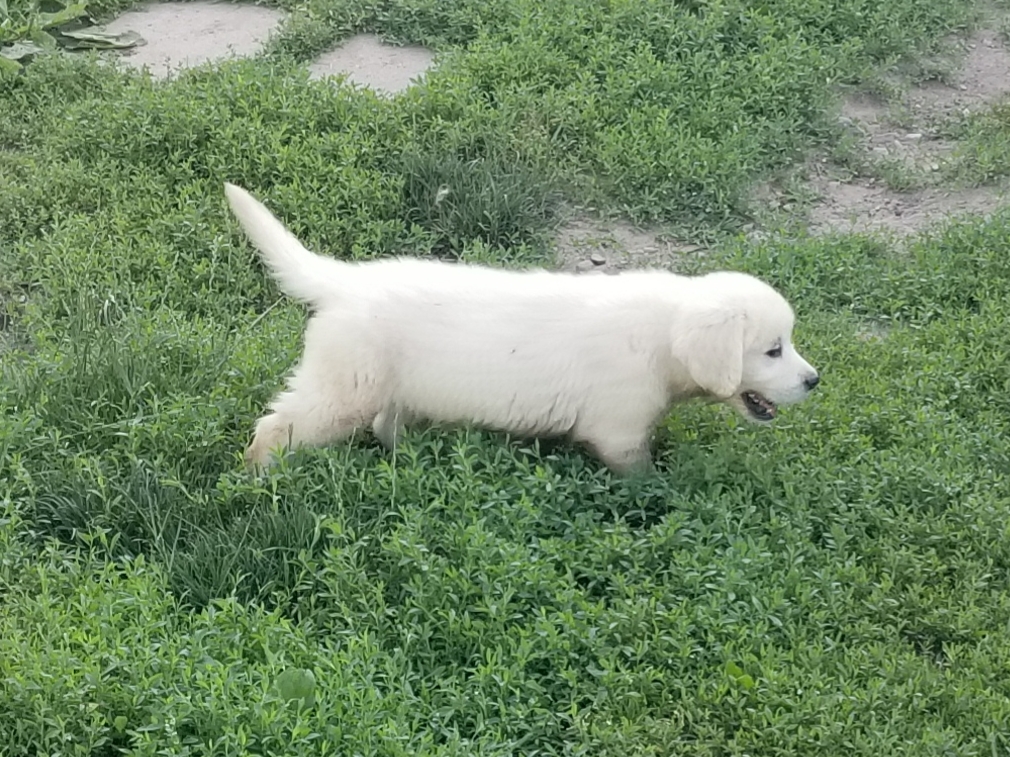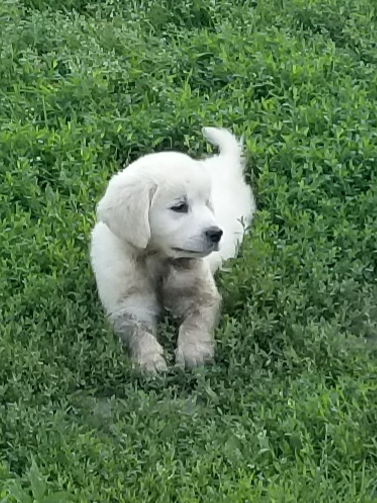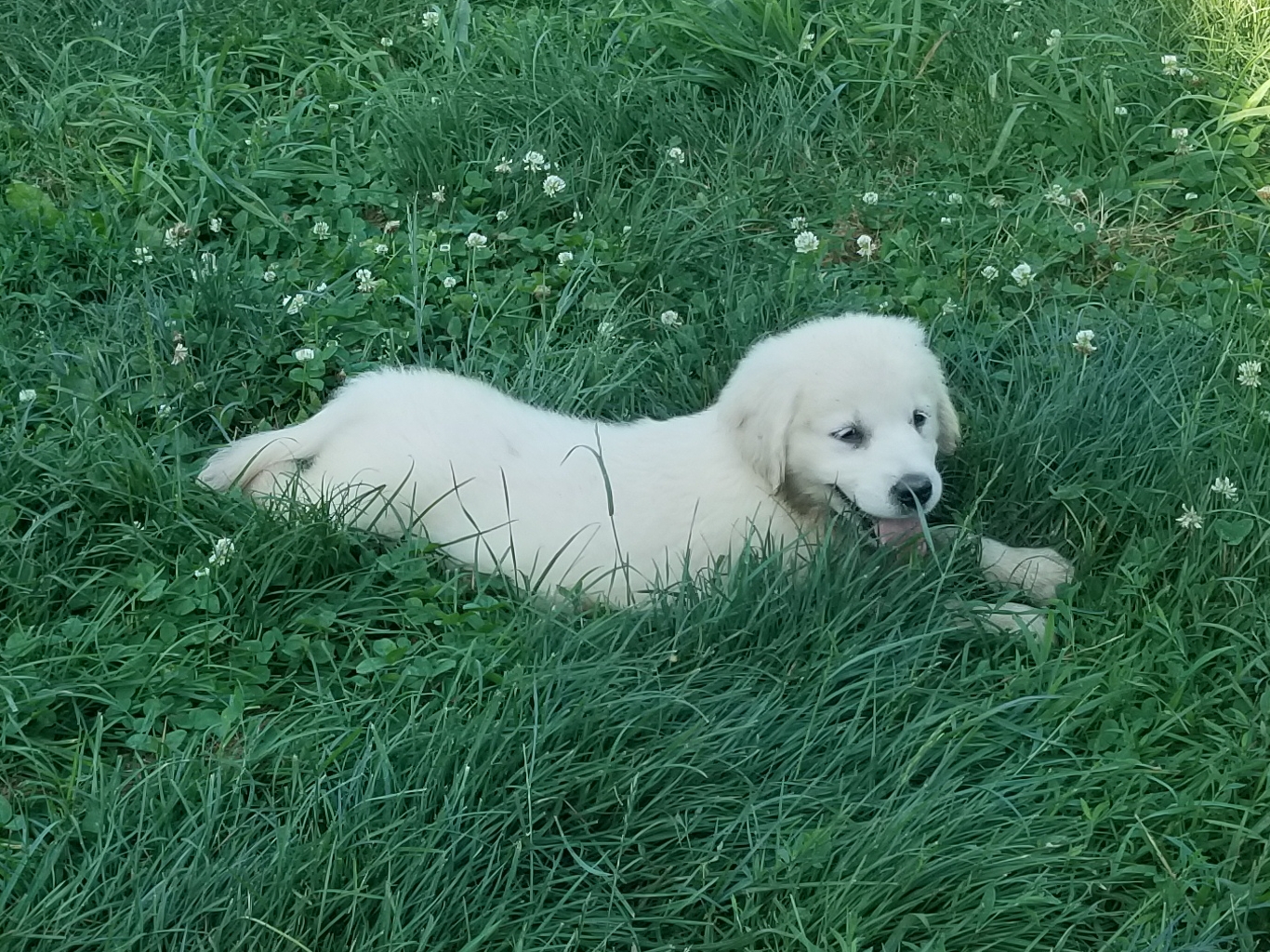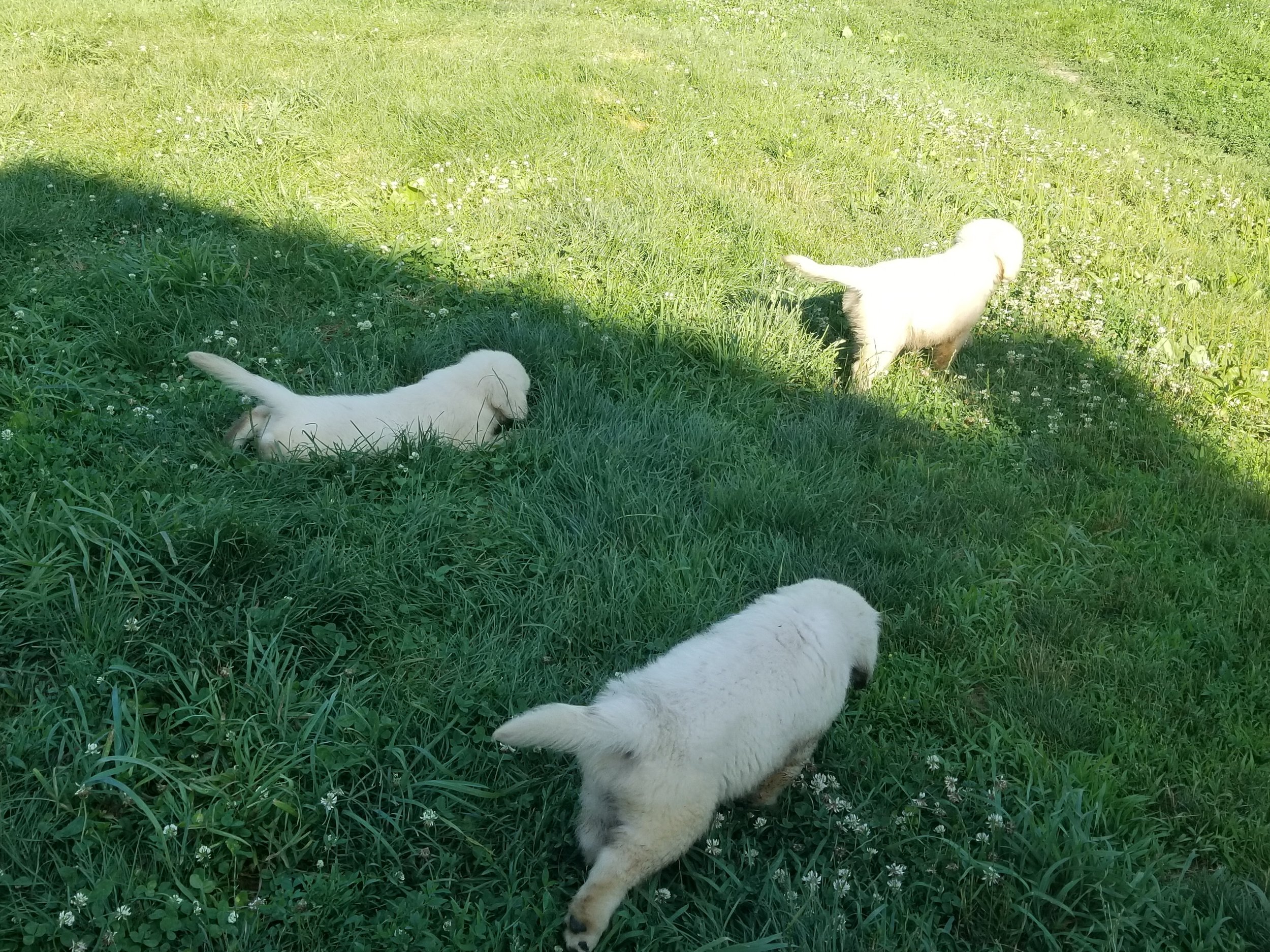As many of you know, there are two hip scoring systems widely used for dogs in the US: PennHIP and OFA. Both use radiography (X-rays) of the hip joint to measure ‘dysplasia’. Dysplasia is simply a looseness or ‘laxity’ in the hip joint which allows the hip bone to rub back and forth against the cartilage of the joint. This rubbing flattens the end of the hip bone and erodes the cartilage making the hip joint shallower, which inevitably leads to osteoarthritis as the dog ages. Hip dysplasia and its eventual arthritis are one of the most common health problems in most large dog breeds (including Golden Retrievers.)
(A formatting note: every link in brackets like this: [0] is a link to a scientific paper on the topic. We really wanted to get this right, and spent a lot of time researching and organizing our conclusions. Hopefully we can help the next person spend a bit less effort and put all the data at their fingertips.)
PennHIP vs. OFA
So if both PennHIP and OFA use radiography to measure hip joint laxity, why would we choose one over the other? What’s the difference? Well, there are two main differences between the two methods:
OFA uses a single radiographic view: a stretched hip-extended view. PennHIP uses three views: the same hip-extended view, plus two in a neutral, natural position with hip joints gently compressed and ‘distracted’ (pulled into tension.)
They score the hip differently. OFA uses a panel of three radiologists looking at the hip-extended view, and voting on how good they think it looks (taking into account any arthritic damage, the depth of the socket, and how well-seated the ‘ball’ at the end of the thigh bone is) on a somewhat subjective Excellent-Poor scale. PennHIP uses a subjective judgement of arthritic damage (like OFA) but for the depth and seating of the ball uses an objective measurement: how far the ball slides in/out of the socket between the compressed and distracted view.
Why does PennHIP use three views? And is there any downside to the additional views?
Different radiographic views have different advantages. The hip-extended view tends to show the damage from osteoarthritis well; the legs are flexed out of the way, and you can see spalling and deterioration of the joint clearly. As such, it’s a natural method to measure the progression of arthritis. However, we now know that the stressed hip-extended position minimizes hip laxity on the X-ray [1], with less than half the visible laxity of neutral position X-rays of the same dog [2, 3]. This makes expert subjective hip ratings like OFA vary significantly on the same hip-extended radiograph [4, 5], and makes them less heritable [6].
The PennHIP DI on the other hand is objective, much more heritable [7], has very good repeatability between experts [8], and most importantly is actually a good predictor for degenerative joint disease in the future [9]. It’s simply a better tool for a breeder focused on hips. This is clear to us from the evidence and many other prgorams are switching to PennHIP. In fact, the largest hip-focused breeding program in the US (from the service dog organization Seeing Eye Dog) has also switched to PennHIP after generations of OFA-breeding [7].
There are two notable downsides to PennHIP. First, it requires that a dog be fully sedated to improve radiographic accuracy. That impacts the dog’s liveliness for a day or two. We’ve seen no significant side effects other than that, though there’s always the possibility of rare side effects to sedation. Second, it costs significantly more. Between the additional training needed for PennHIP vets, the extra time required to do more radiographic views, and the extra sedation required it can easily cost twice as much. For our program, the improvement in accuracy and reliability is absolutely worth it.
Don't take our word on it. Read the research! Talk to a vet who does both OFA and PennHIP!
We are thrilled to offer links to published and peer reviewed scientific studies about pennhip and we also encourage everyone to speak with any veterinarian who does both pennhip and OFA about the positives and negatives about each. Every one we’ve ever spoken to strongly favors PennHIP; they know how much more clear the X-Rays they get are.
Interested in a puppy from parents with some of the best hips in the world?
Check out our current and upcoming litters at our Puppies page!
Too busy to read through all the studies we linked? Here are some choice quotes:
Seeing Eye Dog Involved In >10,000 Dog Pennhip Study
“Among 116 GRs evaluated in generation 8, mean DI decreased to 0.40.” Compare this to the international mean of 0.54.
"CONCLUSION AND CLINICAL RELEVANCE: Dogs judged as phenotypically normal by the OFA harbored clinically important passive hip joint laxity as determined via distraction radiography. Results suggested that OFA scoring of HE radiographs underestimated susceptibility to osteoarthritis in dogs, which may impede progress in reducing or eliminating hip dysplasia through breeding."
"All EMDs in the FCI grade “A” grouping were shown to have hip laxity by PennHIP distraction index to be greater than 0·3, the biological threshold above which hips are at risk for later development of osteoarthritis (OA) of CHD. We found similar results in our study of OFA hip scoring in the USA. Of the dogs given the best hip score, “OFA Excellent”, 56 per cent were found to have hip laxity greater than 0.3 and thus at risk for OA (Fordyce and others 2000)."
"Conclusions and Clinical Relevance—Establishment of a selection index that makes use of breeding values jointly estimated from the DI, DLS score, NA, and EHR score should enhance breeding programs to reduce the incidence of hip dysplasia in dogs."
"To avoid the potential problems associated with inbreeding and extreme selection, a moderate approach has been suggested in conjunction with PennHIP® testing, particularly in breeds with few or no members having tight (degenerative joint disease–unsusceptible) hips."
































